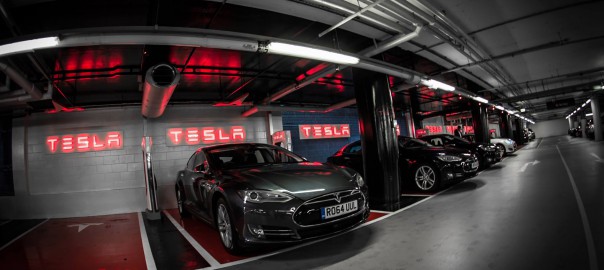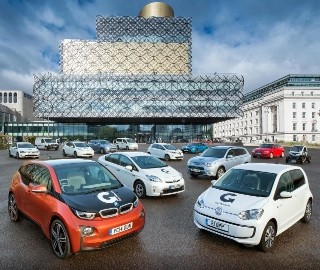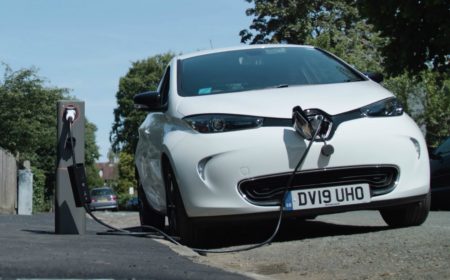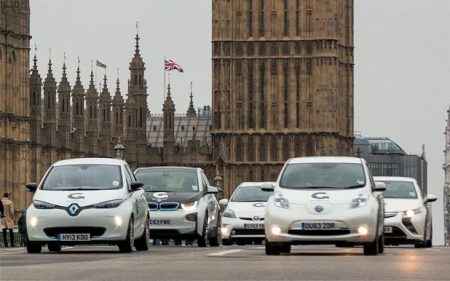Mayor of London, Sadiq Khan, together with London Councils and TfL, has announced a £4 million investment into electric vehicle (EV) charging points as part of the Office for Low Emission Vehicles’ (OLEV) Go Ultra Low City Scheme.
The investment will see 1,000 new charge points installed across the 29 boroughs, in residential areas. This will build on the 1,500 charge points already installed across the capital.
The scheme is a nationwide program to tackle climate change and improve air quality using EVs. London has received £13 million from the scheme, which will aid the city in reaching Khan’s goal of 80% of journeys using public transport, cycling or walking as opposed to petrol and diesel vehicles.

Christina Calderato, TfL’s head of transport strategy and planning, said:
“We know that a comprehensive network of charging points is essential if we are to persuade drivers to ditch polluting diesel vehicles and swap them for electric alternatives. Installing a 1,000 more residential charging points across the capital means more Londoners can plug their vehicle in while at home, even if they don’t have a driveway.
“For those that need to charge up in 20-30 minutes, London is one of the leading world cities for rapid charge points. The addition of the east hub in Stratford is the first super charging facility, allowing drivers easy access and convenient methods of payment.”
As part of the wider announcement, Engenie has unveiled a rapid EV charging hub at Stratford International Station car park, which it claims is the first in London.
Read more: Current News
It’s Time to Go Green!
If you would like to know more about Solar Panels and the PowerBanx range of home battery systems, and get a free instant quote, please complete our online form:




















